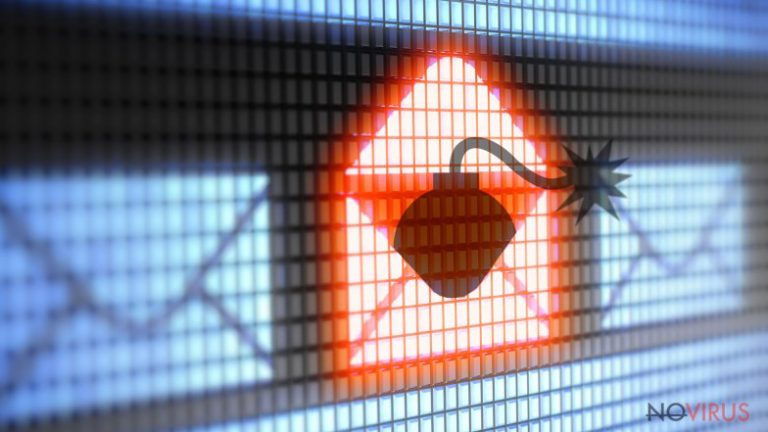An increase in spam activity warns about high risk of ransomware attack
Maybe you can still remember that in 2010 spam folders were always full. Years have passed by, and we almost forget that this folder exists. Once in a while, one or two spam emails appeared, but we haven’t paid any attention to them. However, you might have noticed that this year every single day several emails are dropped in your spam folder. Researchers have recently discovered that 2016 might become the era of spam. Here we have a bigger issue than flooded email box. Malicious spam email campaigns are created for spreading malware. Hackers attach an infected file in order to spread dangerous ransomware viruses. Nowadays cyber security specialists often remind computer users to be careful online and do not trust each email appeared in the inbox. However, the amount of ransomware attacks is still growing. It’s hard to understand if users do not follow specialists’ advice on purpose or we actually lack information about cyber security. Unfortunately, too many computer users become victims of cyber criminals and transfer huge sums of money to them.

Hackers have been using malicious email campaigns for spreading infected files for a long time. However, Locky virus was one of the first ransomware that used this distribution technique so effectively. Since its appearance in February 2016, crooks sent thousands different spam emails and, according to Proofpoint, it is the most widely spread ransomware on third quarter this year. According to their quarterly research, 97% of billions of sent messages had Locky malware. Compared to the first and second quarters, hackers managed to increase ransomware distribution by 64% and 28%. For a while, cyber criminals have been spreading other versions of infamous Locky (Zepto, ODIN) via malicious emails as well. However, they still haven’t managed to reach such great heights. Sadly, successful distribution of the malware might increase soon, because many computer users do not pay attention to their online safety. Cyber criminals are aware that Internet users are still opening spam emails and their attachments. All they have to do is to analyse which type of emails are more efficient and spread more messages like this.
The most popular malicious attachment stays JavaScrip file – their appearance has risen 69% compared to the second quarter’s data. Of course, users rarely find bare JS file attached to the email. Hackers usually modify the file and trick users that it is safe Word or PDF document. Nowadays cyber criminals became sneaky and persuasive. They learned how to copy the style of governmental institutions, banks, and other reputable organizations, so they can easily trick users that it’s safe to open an attached invoice, receipt or another safely-named document. Indeed, it becomes harder and harder every single day to separate what is real and what is safe online. In the era of malicious spam emails, you have to be very careful and double check information about the sender every time you are going to open the attachment. It may be inconvenient at first, but sooner or later you will get used to it. Bear in mind that checking information requires less time than ransomware removal. Finally, take our last advice – back up your files regularly and store them in external devices, because creators of the malware might find other sneaky ways to get inside your computer and make a mess from your valuable data.

